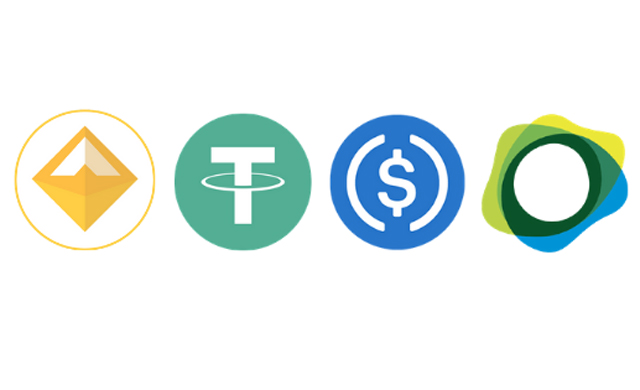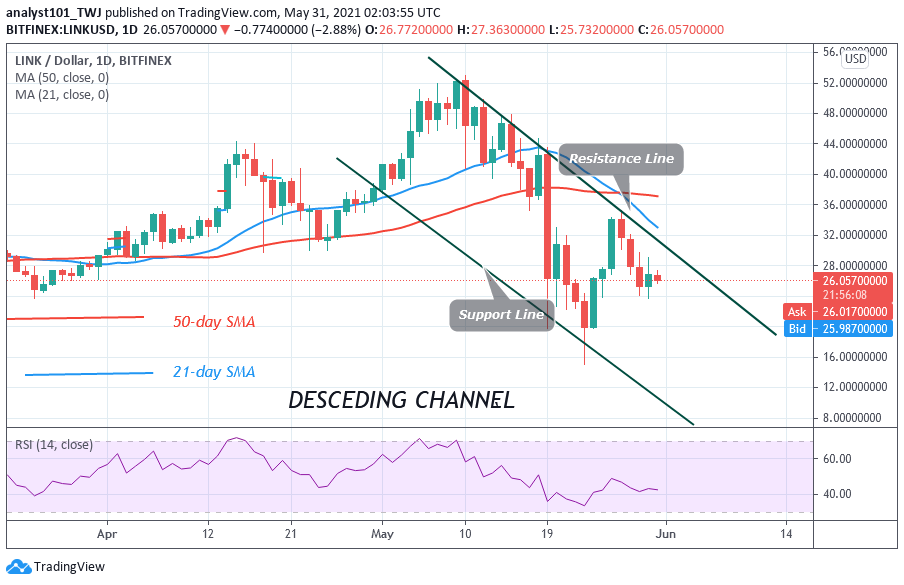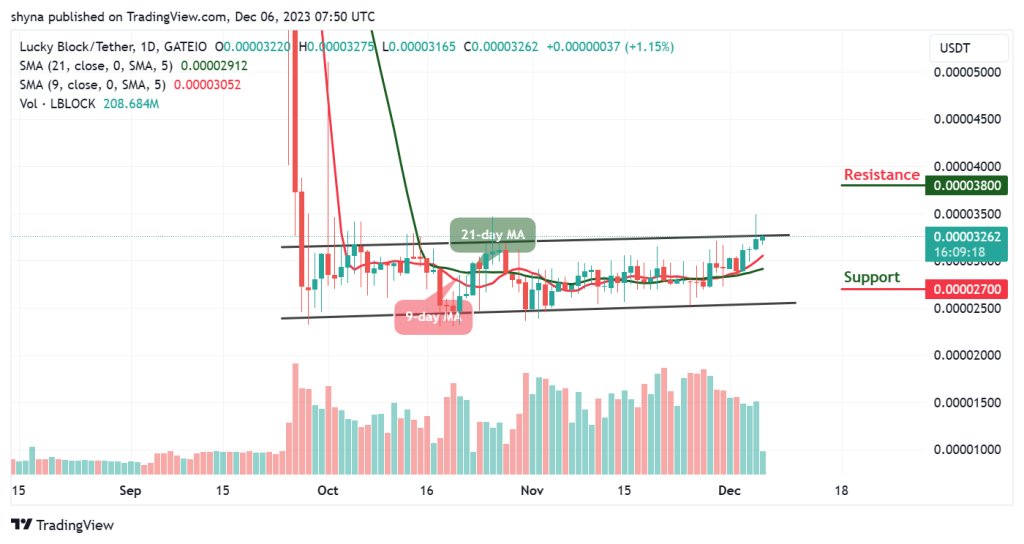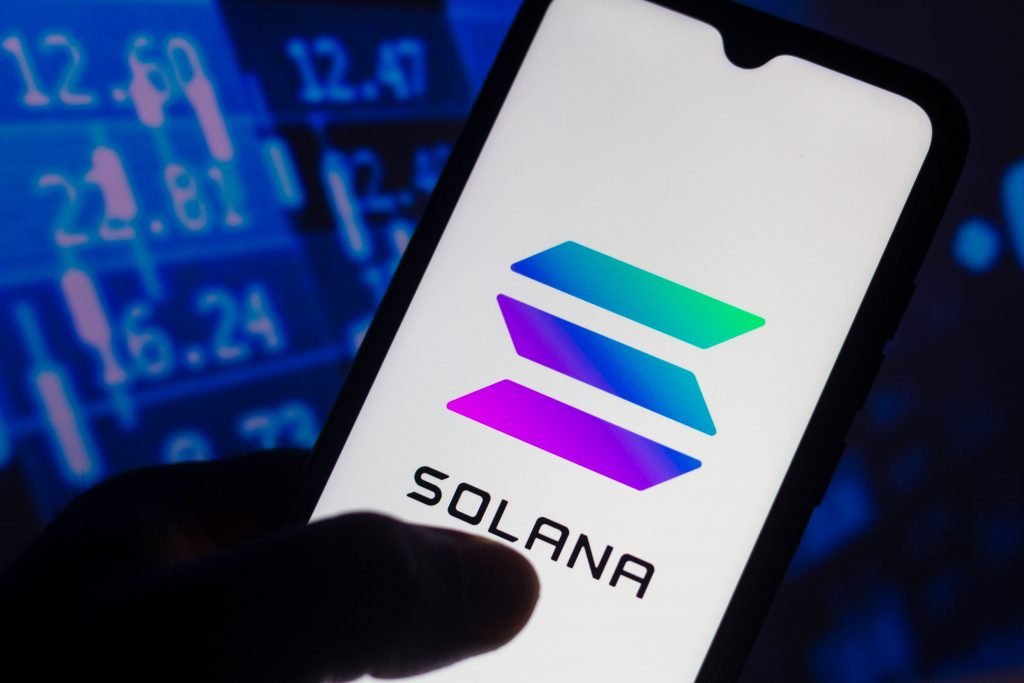A Quick Guide to Flatcoins
Don’t invest unless you’re prepared to lose all the money you invest. This is a high-risk investment and you are unlikely to be protected if something goes wrong. Take 2 minutes to learn more

Stablecoins like flatcoin, which are pegged to the cost of living rather than a fiat currency, aim to stop inflation. In periods when the cost of goods and services rises, this stablecoin is programmed to keep a constant value in terms of its purchasing power.
Flatcoins are promoted as a solution for cryptocurrency investors to safeguard their money, shielding them from rising prices for products and services while avoiding the erratic character of the cryptocurrency market.
Faltcoin’s Mechanism of Operation
Various methods of flatcoin integration have been tried by developers. An inflation-proof coin has traditionally been collateralized by an investor’s “basket of assets.” Two more well-liked solutions are seigniorage systems and smart contracts.
Basket of Assets
Developers use the Consumer Price Index (CPI) or a privately developed cost-of-living index, such as Truflation, to calculate the flatcoin’s value each day and adjust the coin’s supply accordingly.
It’s not difficult to implement a method that is similar to how currencies are valued by using a collection of assets as collateral for flatcoin. However, before utilizing this strategy, one should be aware of how difficult it may be. This approach involves:
Selection of assets: The assets in the basket must appropriately reflect the cost of living. The value of the flatcoin might not be stable if the incorrect assets are selected.
Asset liquidity: The assets in the basket must be liquid enough to be easily bought and sold. If the assets are not liquid, it may be difficult to maintain a stable value for the flatcoin.
Asset risk: The assets in the portfolio must have a low level of risk. The likelihood of the flat coin becoming volatile increases with the riskier the assets.
Openness: The asset basket used for collaterizing flatcoins and how they are managed must be disclosed to everyone. This is pivotal, as it creates trust with investors, assuring them that the inflation-resistant coin isn’t a fraud.
Regulation: Flatcoin issuers may be subject to rules governing the usage of stablecoins that aren’t tied to the dollar. The majority of the time, understanding regulatory compliance can be very challenging. As a result, this will make Flatcoin’s implementation more challenging.
Smart Contracts
One of the most popular ways to implement a flatcoin is undoubtedly through the use of a smart contract. By using this technique, the quantity of flatcoins will be altered in reaction to changes in a public or private cost-of-living index.
When the cost of living index rises, the smart contract generates more flatcoins on its own. In the event that the cost of living index declines, the smart contract automatically burns flatcoins.
The use of smart contracts is a potential strategy for flatcoin deployment. The explanation for this is because Stablecoin is not managed by a centralized body. However, there are some difficulties with the smart contract implementation strategy for this stablecoin:
The Challenge
Using the offered collateral to finance yield farming loan ventures is one technique to account for inflation. Convex and Aave are two examples of such initiatives. Developers of Flatcoin can thus make money by disbursing collateral and using the money so obtained to buy and burn coins. In the long run, this will control Flatcoin supply while also preserving the stablecoin’s value.
What the Future Holds for Flatcoin
Although the development of an inflation-pegged stablecoin is still in its infancy, various difficulties have already been encountered in carrying out its conceptualization.
The Frax Finance community approved on collateralizing their flatcoin completely in February of this year (2023). After the Canadian Securities Administrator revealed their plans to criminalize stablecoins that are not backed by fiat currencies, this occurred.
The co-founder and CEO of Coinbase, Brian Armstrong, however, brought up the idea of flatcoins once more while promoting the first-ever Coinbase Ventures Summit in August 2023. He is credited with rekindling interest in recession-resistant coins, demonstrating that despite the challenges thus far, the notion of flat coins is still gaining traction.




